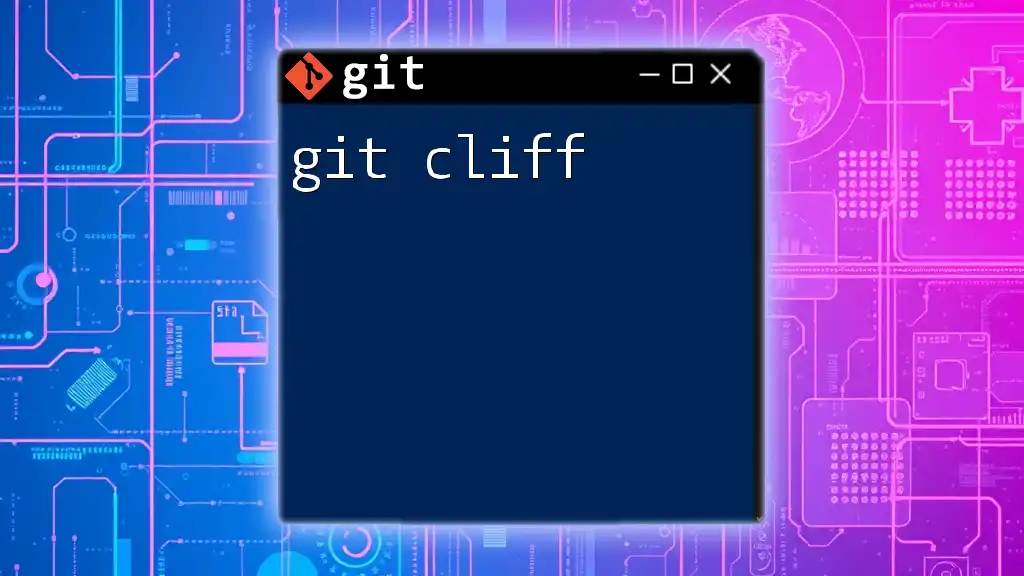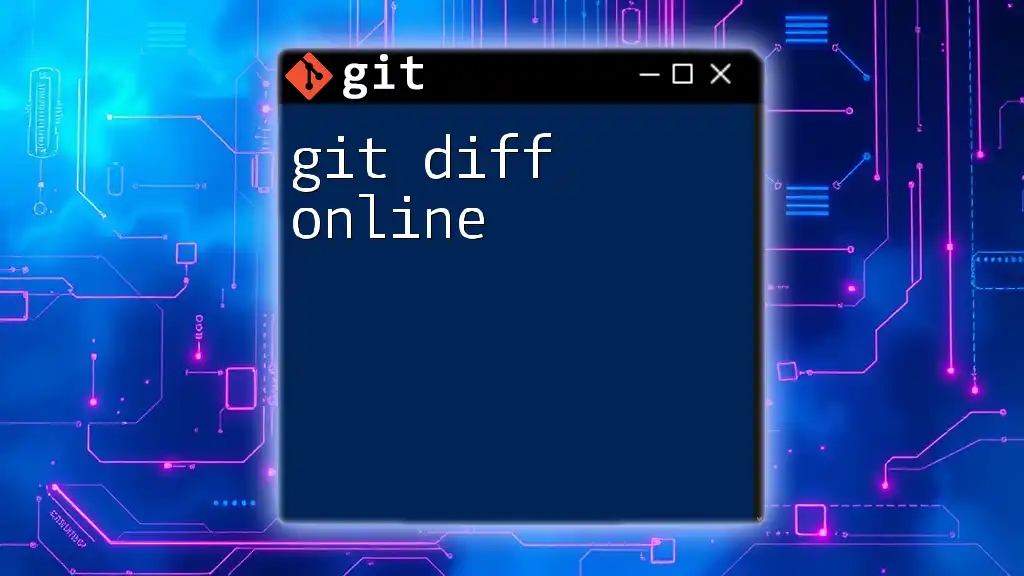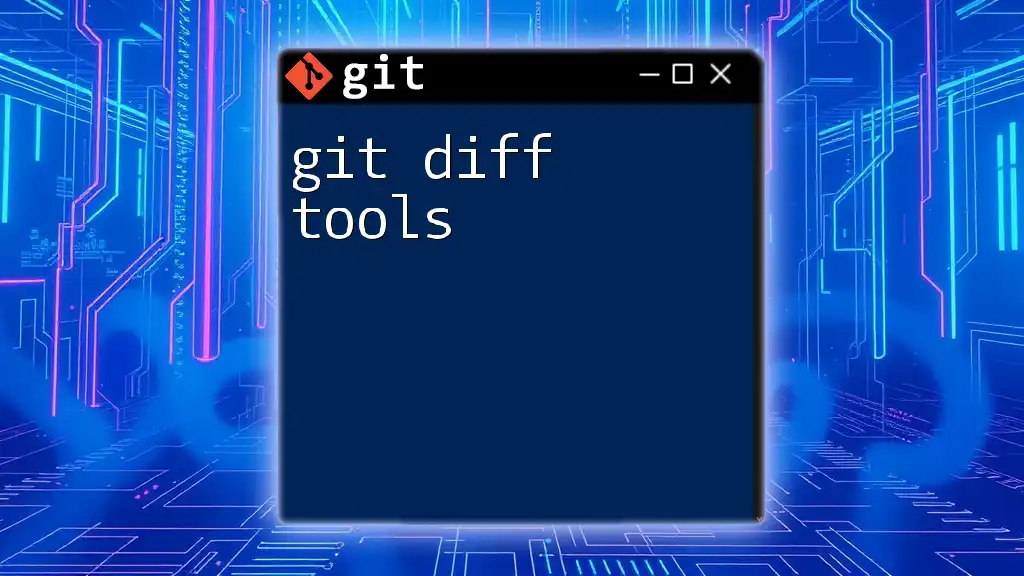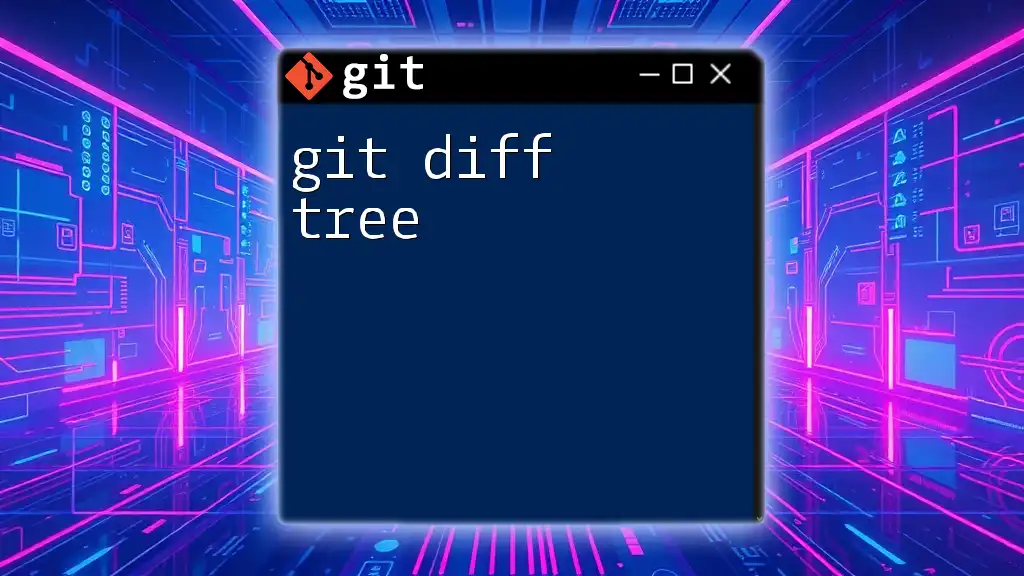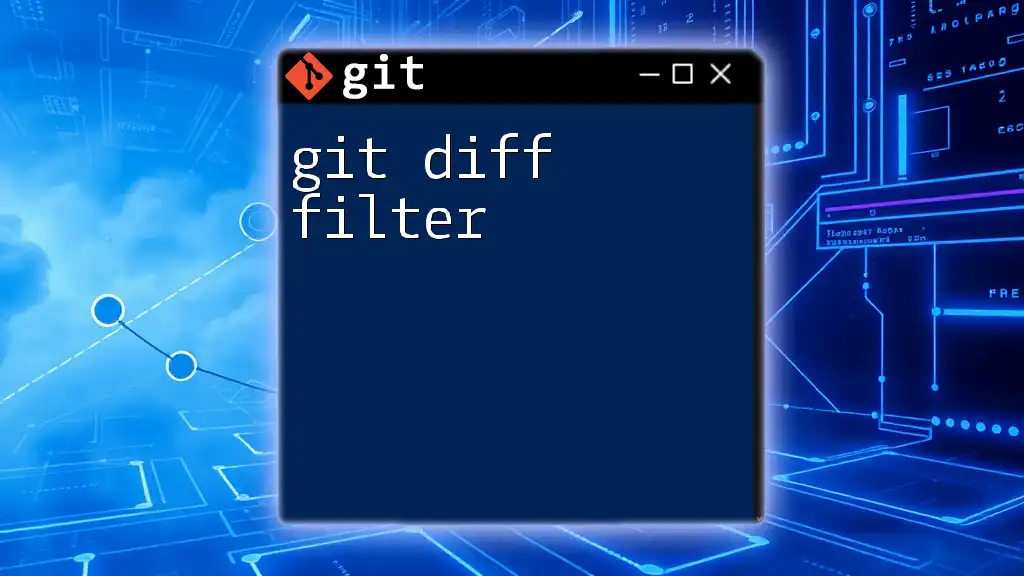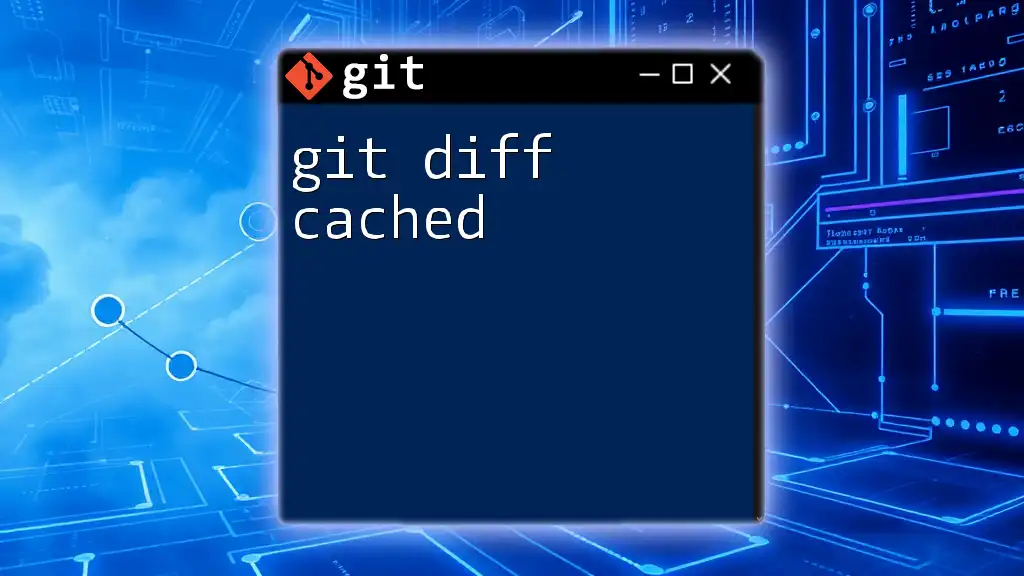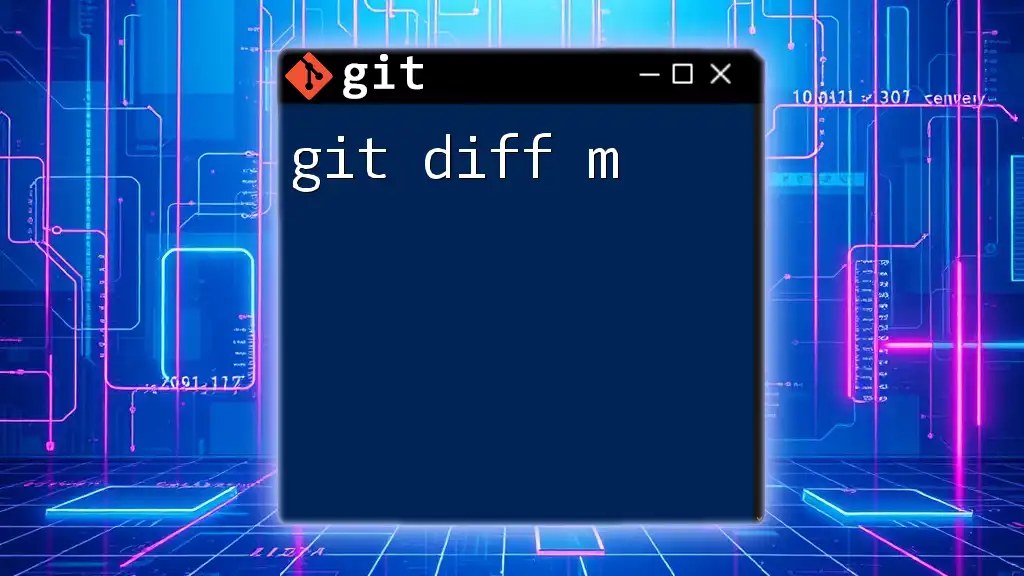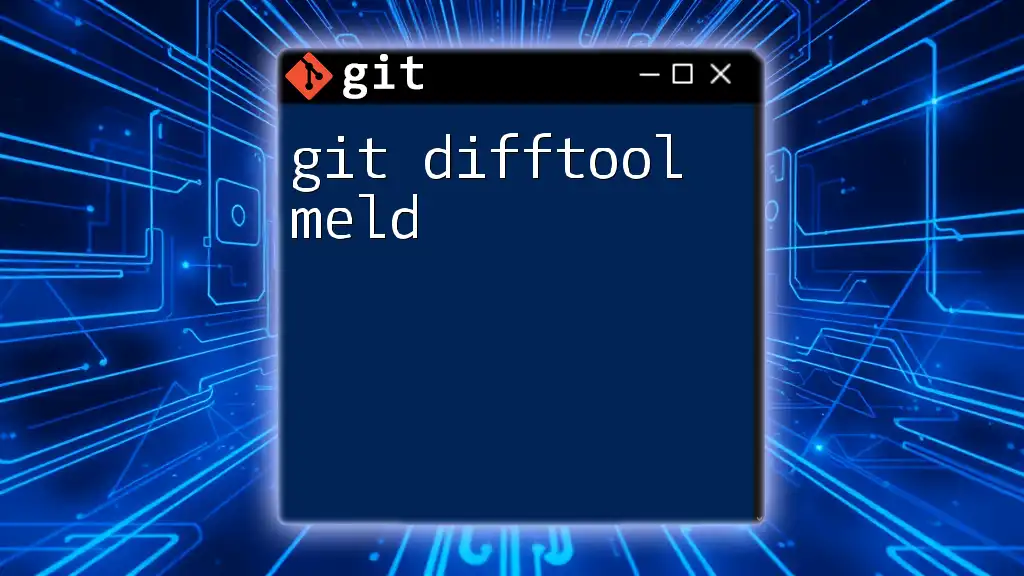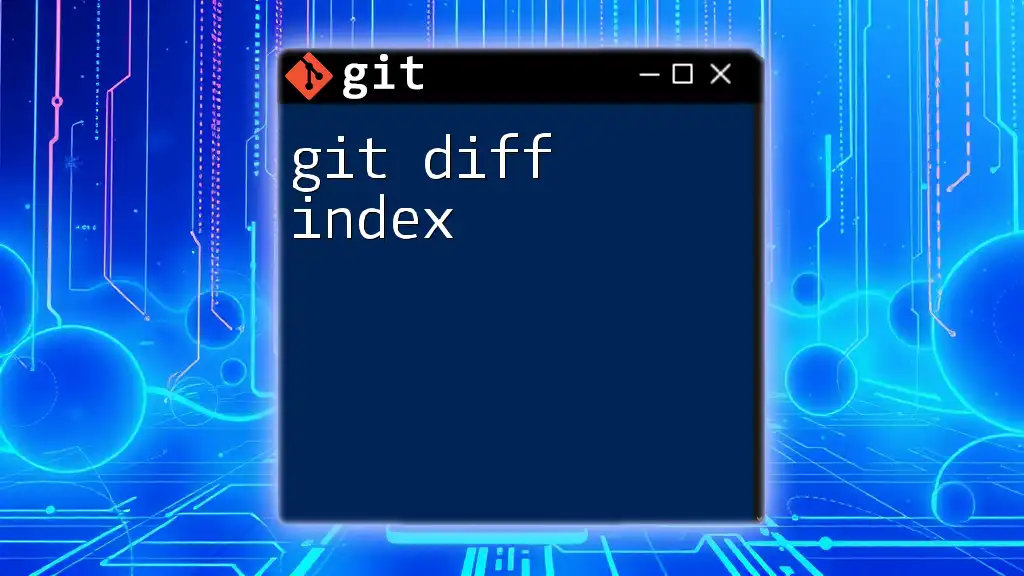A "git cliff" refers to the point in a project where a team or individual can no longer continue without merging changes from different branches, often leading to conflicts that need resolution.
Here's a code snippet to illustrate how to merge changes from a feature branch into the main branch:
git checkout main
git merge feature-branch
Benefits of Using Git Cliff
Understanding the benefits of the Git Cliff command can significantly enhance your development workflow. First and foremost, it streamlines operations, allowing developers to handle tasks efficiently without trudging through lengthy command sequences.
Another key advantage is improved collaboration among team members. With Git Cliff, teams can quickly generate and share change logs, making it easier to track contributions across multiple branches and projects. This fosters a transparent environment where everyone is cognizant of recent changes, which is paramount in collaborative settings.
Lastly, Git Cliff aids in simplifying version management. Instead of sifting through multiple commits or history logs, Git Cliff serves as a focused tool to generate meaningful summaries, which improves clarity and understanding during project reviews or audits.
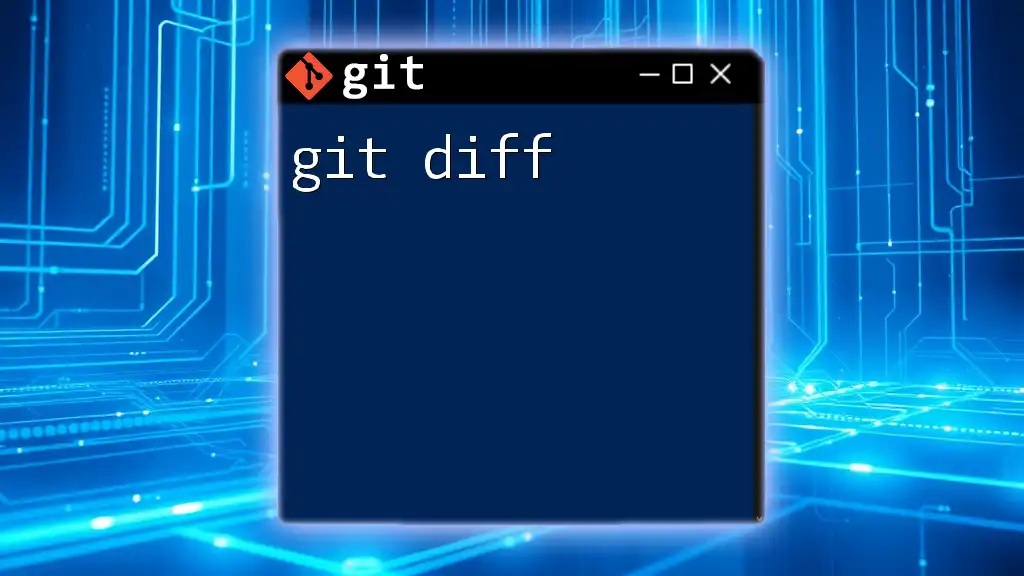
Getting Started with Git Cliff
Prerequisites
Before diving into Git Cliff, it’s essential to have a basic understanding of core Git concepts. This includes familiarity with branches, commits, and merges. Additionally, ensure that you have Git installed and properly configured in your development environment. You can verify your installation using the command:
git --version
This will output the currently installed version of Git, confirming that your setup is ready.
Key Concepts Before Diving In
When working with Git Cliff, it’s crucial to understand the importance of commands and the syntax involved. A command is the directive you issue to Git, while syntax refers to the precise way in which that command must be structured. Shortcuts, like Git Cliff, play a crucial role in enhancing productivity by reducing the number of keystrokes required for common tasks.
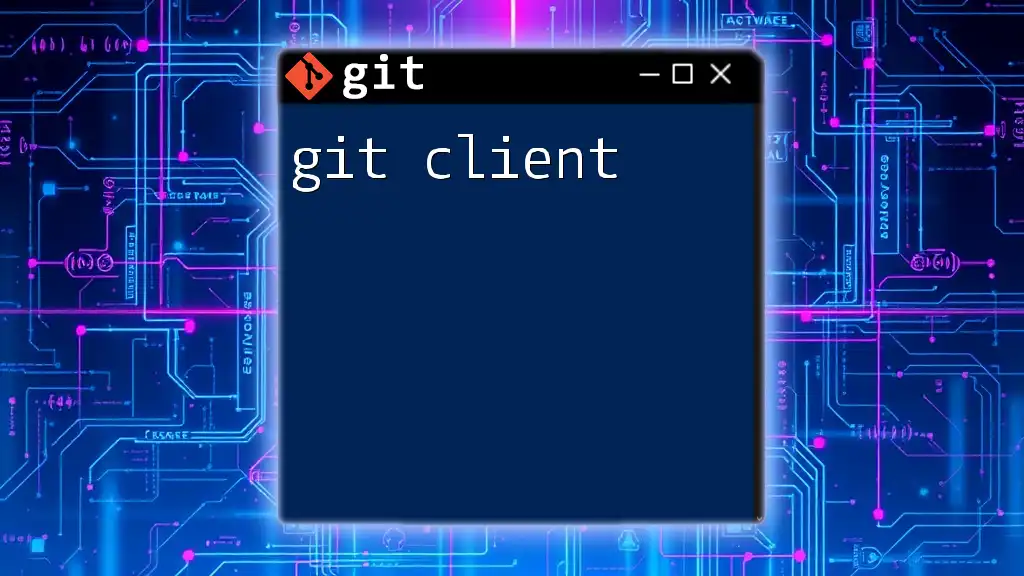
Understanding Git Cliff Command
What is the Git Cliff Command?
The Git Cliff command is a tool designed to enhance the command line interface for Git users. It is specifically utilized to create concise yet informative change logs from Git commit history. By implementing Git Cliff into your workflow, you can obtain a clearer view of project changes without manually filtering through commit messages.
Structure of the Git Cliff Command
The basic format of the Git Cliff command follows the structure:
git cliff [options] [<path>...]
In this syntax, options are the specific flags or parameters that modify the command’s behavior. For example, using the `--option` flag allows users to tailor their output according to specific needs.
To illustrate how these flags work, consider the command:
git cliff --follow
This command generates a change log while ensuring that it tracks commits across renamed files, which is a common scenario in code refactorings.
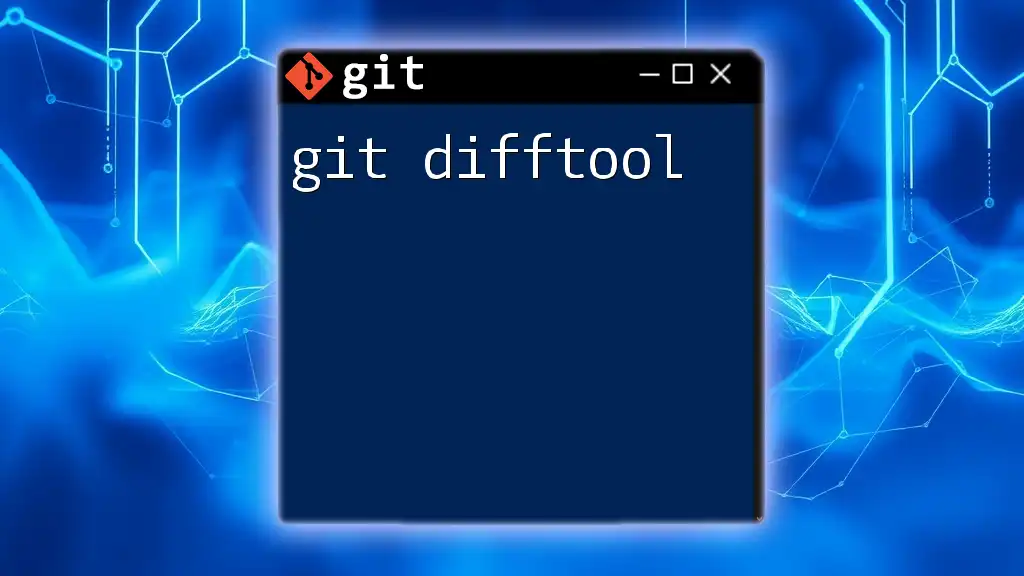
Practical Use Cases for Git Cliff
Streamlining Common Tasks
One of the standout uses of Git Cliff is its ability to generate change logs swiftly. For instance, to create a quick summary of changes made, simply run:
git cliff --generate
This command will provide an output summarizing all relevant changes between commits, which is particularly useful during project milestones or releases. The summary is concise, making it easy for stakeholders to grasp the project's progress.
Additionally, you can filter your commit history based on specific patterns. If you want to view commits only made on feature branches, you can use:
git cliff --filter "feature/*"
This command can help developers focus only on changes relevant to a particular feature, reducing noise and making it easier to track development progress.
Integrating Git Cliff with Other Commands
Git Cliff can be effectively combined with other Git commands to provide comprehensive insights into your project. For example, using Git Cliff alongside `git log` can yield a detailed history of changes along with their formatted summaries:
git log --oneline | git cliff
This combination displays a simple one-line summary of each commit, while Git Cliff offers context and clarity, bridging the gap between raw commit data and comprehensible change logs.
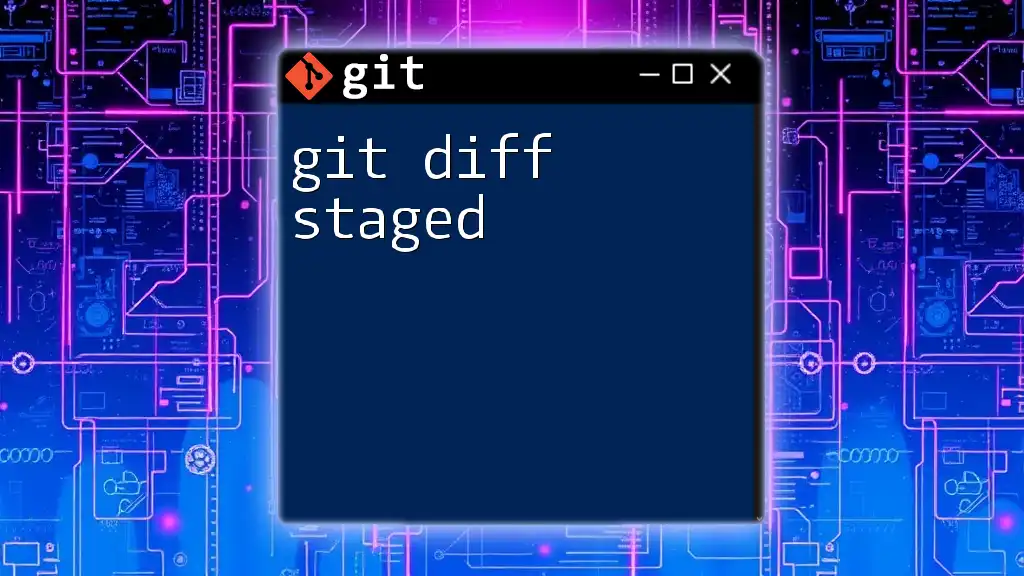
Best Practices for Utilizing Git Cliff
Consistent Documentation
To maximize the benefits of Git Cliff, make sure that all team members document their commits properly. Clear and informative commit messages are the bedrock of effective change logs. It’s also beneficial to integrate Git Cliff with Git hooks to automate logging processes and ensure consistency in documentation.
Customizing Your Git Cliff Experience
Customization can elevate your Git Cliff experience. Developers can create aliases in their `.bashrc` or `.zshrc` configuration files to streamline frequent commands. For instance, setting an alias like this can save time:
alias gc='git cliff'
This command allows you to simply type `gc` instead of `git cliff`, thus enhancing efficiency and reducing typing.
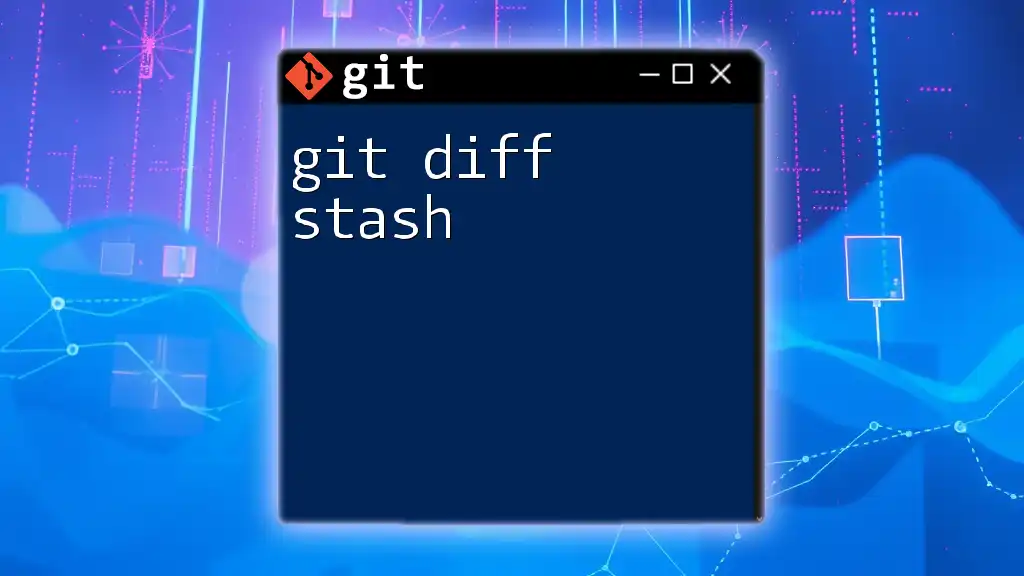
Troubleshooting Common Issues with Git Cliff
Common Errors and Their Solutions
Even seasoned developers encounter challenges with commands like Git Cliff. Common issues often arise from syntax errors. If you receive a message indicating “Unknown flag,” double-check your syntax for any typos. It’s crucial to familiarize yourself with the proper command structure to mitigate these errors.
Another typical challenge involves understanding what a command failure message implies. In these cases, carefully read the error message; it usually offers clues directed towards rectifying the issue.
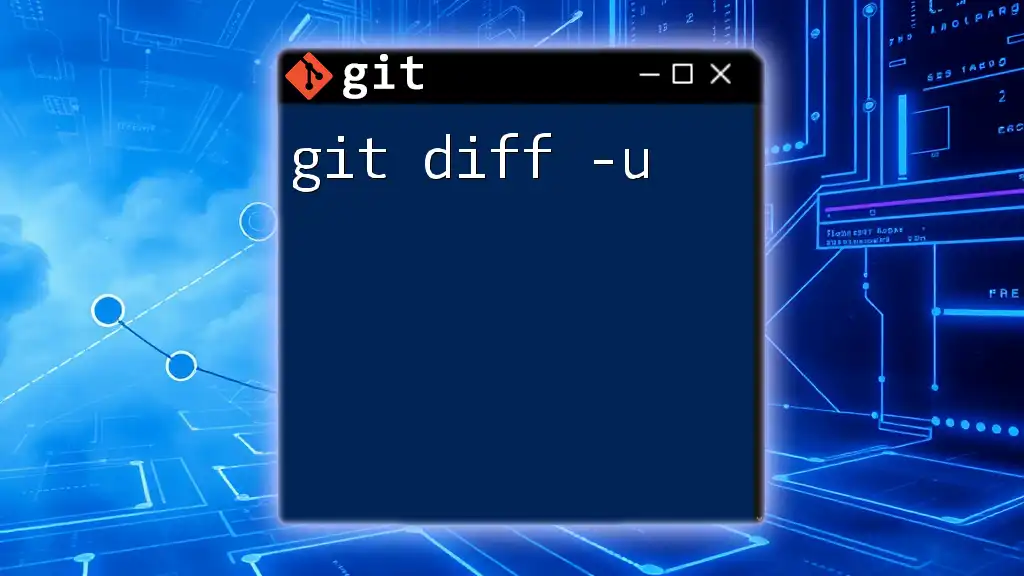
Conclusion
By using the Git Cliff command, developers can streamline their workflow, foster team collaboration, and simplify version management. Practicing with Git Cliff not only allows you to enhance your usage of Git but also empowers your projects with organized change documentation.
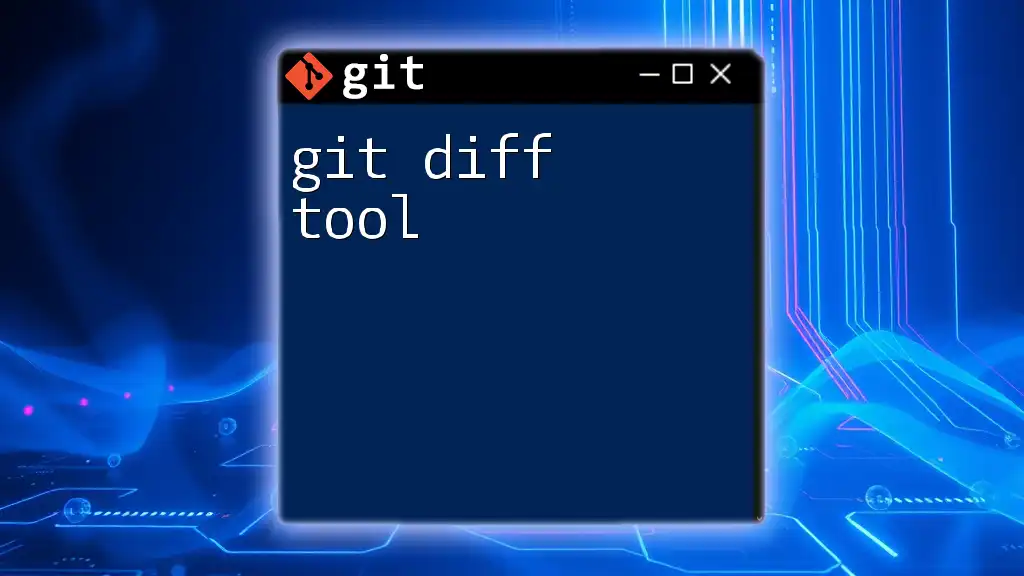
Call to Action
Stay updated with our latest insights! Join our community for more expert tips on mastering Git commands and enroll in our related courses to elevate your Git proficiency. With dedicated practice and the right resources, you'll become a Git command expert in no time.
Additional Resources
For further reading, refer to the official Git documentation, which provides a wealth of information on various Git commands. Exploring recommended tutorials will also amplify your understanding of Git Cliff and its various applications in real-world scenarios.

